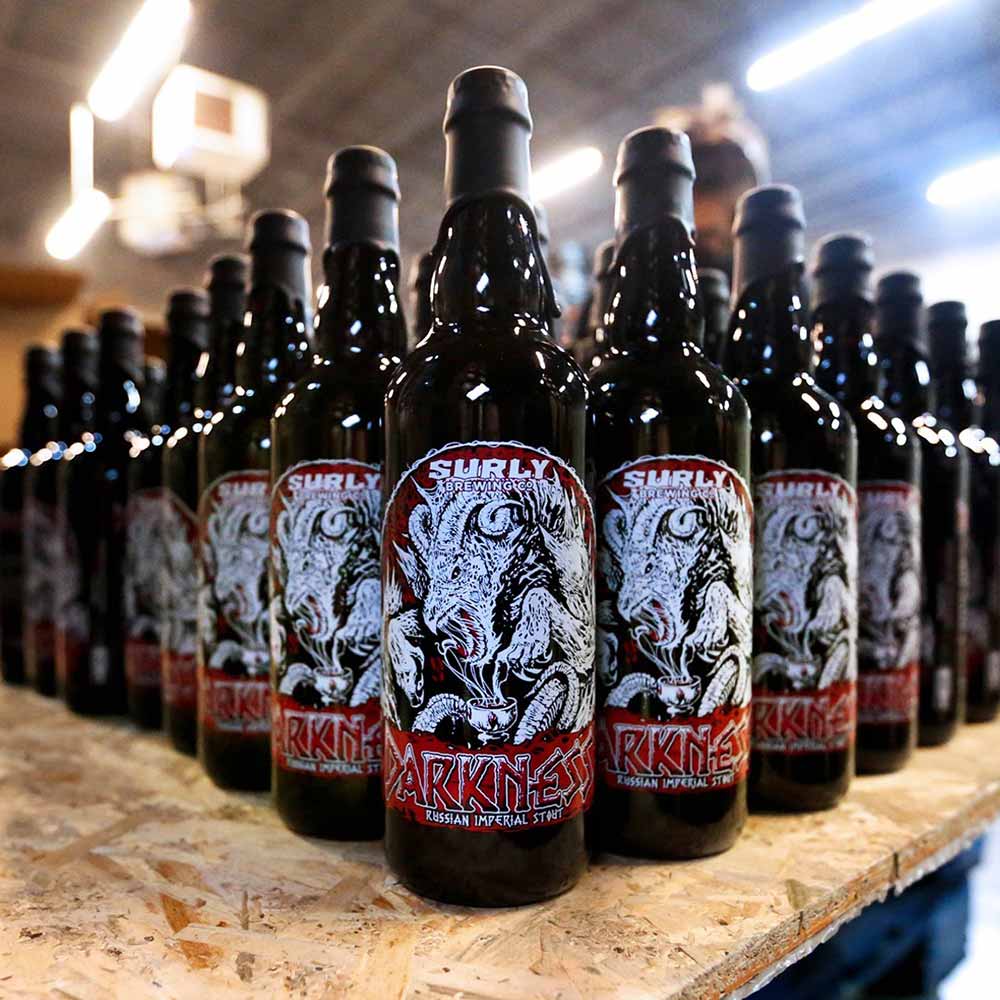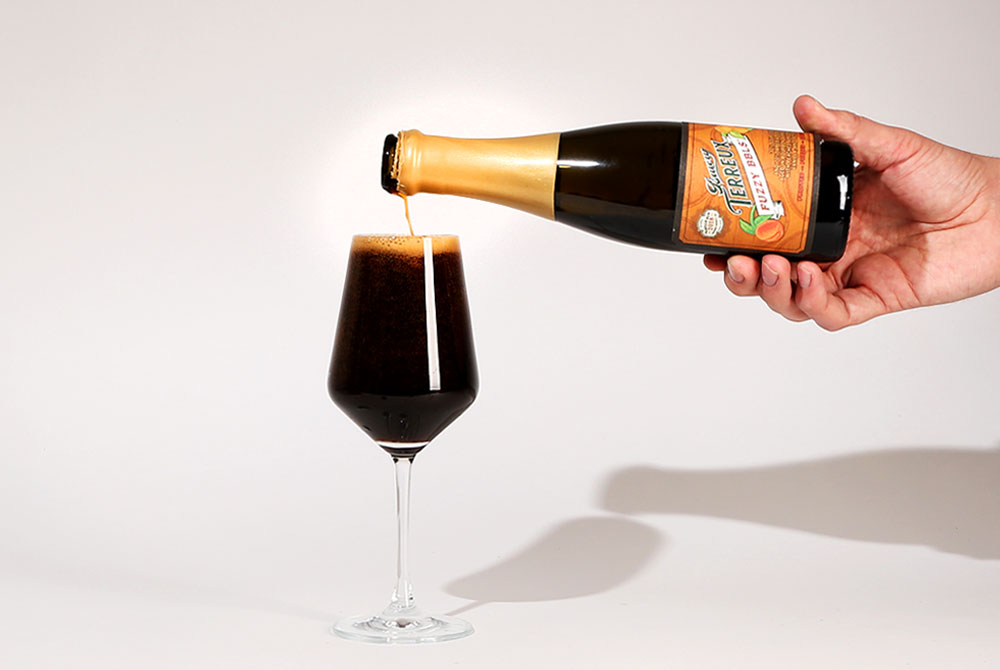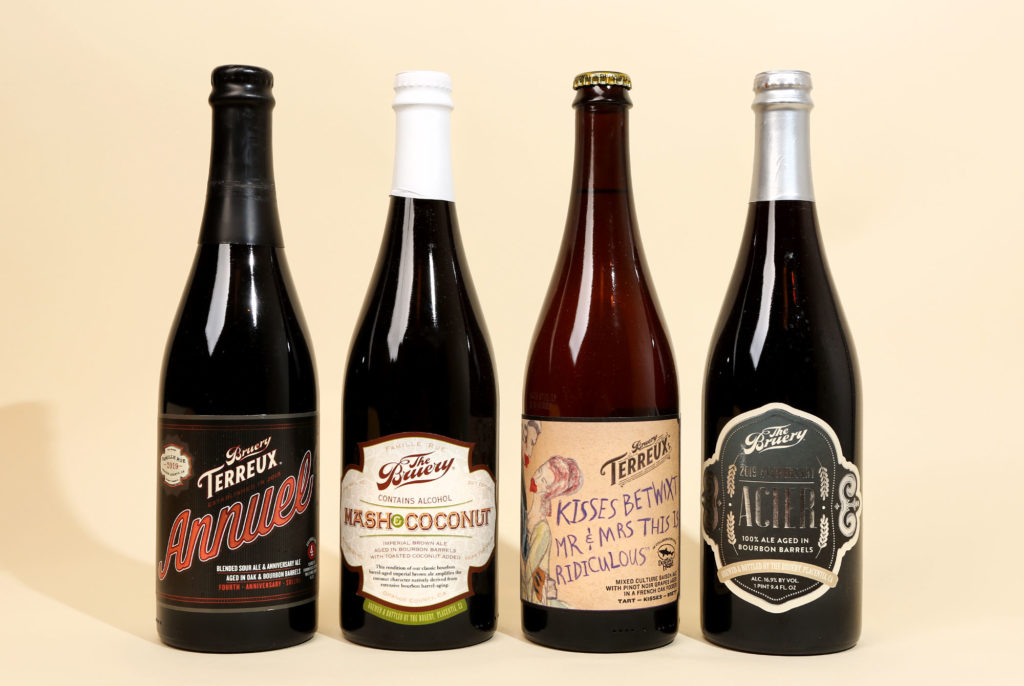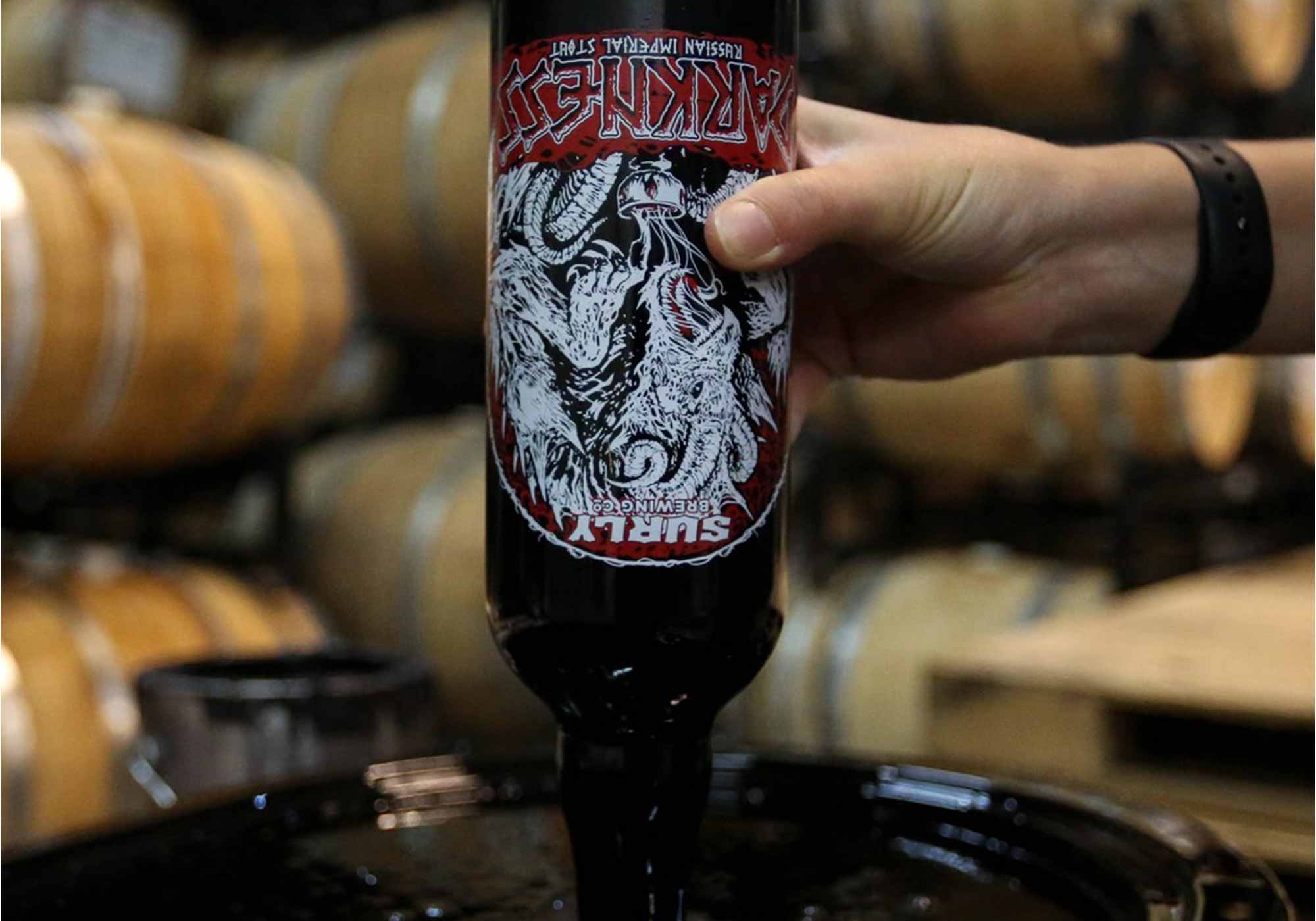Shop
Why Is There Wax on My Beer Bottle?
Wax on? Wax off?
Beer has a reputation as an easygoing beverage–the drink of choice for laid back folks. The best proof of beer’s free and easy identity is how it’s sold: in bottles or cans. With the snap of a pull tab or the bend of a cap, you’re ready to pour. It’s that simple. If you’re in a rush, you don’t even need glassware. Beer comes self-contained for your convenience. No one’s going to throw you side-eye for sipping a farmhouse ale straight from the bottle, either. Funny how they’ll call a party foul if you try it with wine or spirits, though. So why on God’s green Earth would a brewer want to drip wax on a beer bottle (or in a few very rare cases…a can)?
The practice of waxing beer bottles is actually pretty young. But consumer frustration with that practice is even younger. The spirit of beer drinking means that when you want a beer, you implicitly want to avoid a fuss. Wax seems to get in the way of easily reaching the precious liquid inside. Because wax often coats over the cap and trickles down along the neck you have to come prepared with a Swiss Army knife or possibly a buzzsaw to crack open the covering.
But rest assured. Seeing wax on a bottle often indicates the libation is worthy of the effort—typically a beastly barleywine or an adjunct stout.
Otherwise, what’s the point?
You might as well drink another kind of alcohol from a bottle, because at least wine bottles don’t force you to try out for Boy Scouts just to open them.
Maybe you hate waxed bottles. Or maybe you love them. Like it or not, bottle waxing is a part of modern craft beer. There’s a reason this procedure remains in vogue. So we’re here to…cough cough…crack the seal on this mystery.
A Waxed Beer Is A Preserved Beer

Photography courtesy of Surly Brewing Company
The pro-bottle-waxing types will make an argument about preservation: Putting a wax seal on a bottle spares the beer the ravages of oxidation.
Thanks to our good buddy Science (with a capital “S”), we know putting wax on a wine cork helps prevent air from passing through the cork, which keeps the wine from oxidizing. Sure, you can drink oxidized wine, but vintners don’t want to sell oxidized wine.
Hence: wax.
But, does the same theory apply to beer? In other words: If vintners use wax for wine bottles, then why shouldn’t brewers use wax for beer bottles?
No scientific studies have been conducted that conclusively prove wax’s efficacy as a sealant on beer bottles. But Bill Manley, the VP of Marketing & Brand for Surly Brewing Co. in Minneapolis, MN, has enough bottle sealing experience that he can attest to its benefits. “A well-placed and well-adhered wax cap does help prevent some oxygen ingress over time,” says Manely, “which is especially important if one plans to store or cellar a bottle for extended periods.”
So for beers that need a little time in the bottle to fully mature, a wax seal does give some extra protection from oxidation. Giving beer as much of a cushion as needed for best aging results sounds like a no-brainer.
Who wouldn’t want that?
But, Just How Well Does Wax Help Preserve Beer?

Photography courtesy of John A. Paradiso
On the other hand, brewers typically seal beer bottles with crown caps to effectively keep air out of the bottle. This is why barrel-aged beers taste delicious. So if crown caps couldn’t do the job themselves, then brewers wouldn’t use them at all.
Which is why Nick Callaway, owner and brewer at Loveland Aleworks in Loveland, CO, isn’t quite so sure about wax. “Some will say reduced oxygen pickup,” Callaway says of bottle waxing’s purported benefits. “I don’t think it has an effect.” This is more closely in line with what we know of oxidation courtesy of—once again—Science; it also ties back to the most prevalent cause of beer oxidation.
“Wax will only help preserve the beer if it was packaged correctly to begin with,” Manley notes. “A far greater contributor to beer staling is high dissolved oxygen and/or high TPO, which comes from poor beer handling and inefficient or suboptimal packaging equipment.” TPO translates to “Total Package Oxygen,” or the total concentration of oxygen that wiggles its way into beer during packaging. This usually happens because of suboptimal packaging equipment or clumsy handling. According to Manley, TPO tends to exceed the amount of oxygen that inevitably seeps into bottles over time and that’s the oxygen brewers really need to worry about.
What does this all mean?
A wax seal is nice. But the fundamentals of packaging are much more important.
So again: Why dip bottles in wax at all?
Waxin’ Looks Cool

Photography courtesy of Anchorage Brewing Company
Craft brewing’s relationship to Instagram emphasizes a crucial truth about beer: Looks matter.
Aesthetics have a significant influence over the craft beer industry. It may sound silly, but we drink with our eyes before we drink with our mouths. Beautiful pours coupled with kickass can art drive the market. Basically, if your product looks good in a tulip glass or a can or a bottle, your product will be more likely to sell.
Bottle waxing falls right into that space. Simply put, waxed bottles look nifty. There’s something appealing about a trail of wax crawling down a bottle, something that screams “unique.”
That’s how Manley sees it. “Aesthetics is probably the biggest advantage for brewers wax dipping bottles,” he says. “Wax makes the bottles look cooler.” For him, wax dipping is an immediate way of telling Surly patrons that the beer in the bottle is “special.” “Something to collect. Something to savor,” says Manley.
Perhaps because of that aforementioned easygoing reputation, beer has been looked down on in comparison to wine and spirits for years. It’s the lowest form of liquor.
According to Manley, wax dipping has helped change that perspective and convince people that “beer can be every bit as special as wine or your favorite spirit.”
Callaway’s a bit more blunt here: “We did it purely for presentation.” There’s nothing wrong with that, of course. Waxed bottles have an “awesome” factor that bottles and even cans can’t quite match. And again, the “awesome” factor has a way of selling beer.
“In my eyes, it is purely marketing,” adds Callaway.
Wax On, Wax (Hard To Take) Off

Photography courtesy of John A. Paradiso
It’s very, very hard to peel a wax seal from a 750ml bottle. The difficulty alone makes the process too much of a hassle for anti-waxers. (“Pro tip,” says Manley, “put the bottle in the freezer for a few minutes to make the wax more brittle, notch it with a knife, and then use the bottle opener of your choice to pry off the crown.” A simple solution to an annoying problem!)
But is this enough of a reason to not only avoid wax-dipped bottles, but also call for an end to wax dipping as a practice?
For Manley’s part, the question of how much meaningful impact bottle waxing has on the beer in the bottle is less important than the impact of aesthetics. Appearance plays a very real role in craft beer, meaning the difference between a brewer selling a new release or not.
If a wax seal persuades a customer to buy a bottle, Manley reasons, then “the brewers might be encouraged to make that beer again, or try something else in a similar fashion.” And that’s how the cycle of invention in brewing perpetuates: Brewers try something new, their customers try for themselves; if they like it, they tell their friends and family and peers, who also try the beer, and this encourages the brewer to keep trying new things. “And isn’t that what we’re all after in the end?” says Manley.




